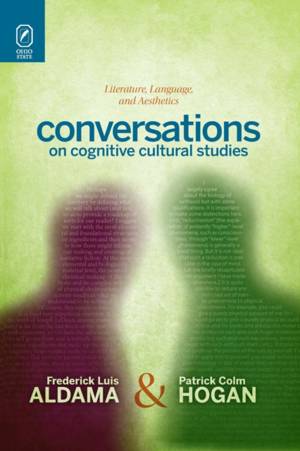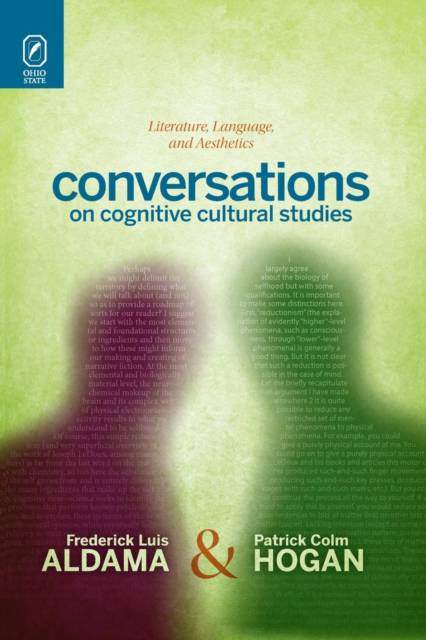
- Afhalen na 1 uur in een winkel met voorraad
- Gratis thuislevering in België vanaf € 30
- Ruim aanbod met 7 miljoen producten
- Afhalen na 1 uur in een winkel met voorraad
- Gratis thuislevering in België vanaf € 30
- Ruim aanbod met 7 miljoen producten
Zoeken
Conversations on Cognitive Cultural Studies
Literature, Language, and Aesthetics
Frederick Luis Aldama
Paperback | Engels
€ 57,95
+ 115 punten
Omschrijving
In recent years, few areas of research have advanced as rapidly as cognitive science, the study of the human mind and brain. A fundamentally interdisciplinary field, cognitive science has both inspired and been advanced by work in the arts and humanities. In Conversations on Cognitive Cultural Studies: Literature, Language, and Aesthetics, Frederick Luis Aldama and Patrick Colm Hogan, two of the most prominent experts on the intersection of mind, brain, and culture, engage each other in a lively dialog that sets out the foundations of a cognitive neuroscientific approach to literature. Despite their shared premises, Aldama and Hogan differ-sometimes sharply-on key issues; their discussion therefore presents the reader not with a single doctrine, but with options for consideration-an appropriate result in this dynamic field. With clarity and learning, Aldama and Hogan consider five central topics at the intersection of literature and cognitive science. They begin with the fundamental question of the nature of the self. From here, they turn to language, communication, and thought before moving on to the central issue of the structure and operation of narrative. The book concludes with thought-provoking explorations of aesthetics and politics. Illustrating their arguments with work that ranges from graphic fiction and popular cinema to William Faulkner and Bertolt Brecht, Aldama and Hogan leave the reader with a clear sense of what cognitive cultural studies have already achieved and the significant promise the discipline holds for the future.
Specificaties
Betrokkenen
- Auteur(s):
- Uitgeverij:
Inhoud
- Aantal bladzijden:
- 214
- Taal:
- Engels
Eigenschappen
- Productcode (EAN):
- 9780814252765
- Verschijningsdatum:
- 1/06/2016
- Uitvoering:
- Paperback
- Formaat:
- Trade paperback (VS)
- Afmetingen:
- 152 mm x 229 mm
- Gewicht:
- 317 g

Alleen bij Standaard Boekhandel
+ 115 punten op je klantenkaart van Standaard Boekhandel
Beoordelingen
We publiceren alleen reviews die voldoen aan de voorwaarden voor reviews. Bekijk onze voorwaarden voor reviews.








